PODCAST: Are Your Soybeans Stressed?
The recent wet weather has caused planting problems for Illinois growers. If you were lucky enough to soybeans planted, how much stress is your crop experiencing? In this podcast, CCA Soy Envoy, Todd Thumma talks about corn and soybean stress and what strategies should be used to help your crops overcome it.
At What V-Stage Does R1 Occur?
Regardless of when you plant soybeans flowering still begins just after V3. The difference is the amount of foliage produced from VE to V3 with more foliage produced the earlier you plant. Soybeans in Illinois can be planted over a 2- to 3-month period, from early April for full-season beans to early July for double-cropped bean. With soybeans being daylength sensitive, how will such a wide planting window and daylength impact when soybeans begin to flower? With the delayed planting this spring, I began to wonder at what V-stage soybeans will flower as planting was delayed outside the normal [...]
WEBINAR: Prevent Plant Considerations for Soybean Growers
This webinar provides up-to-date information on prevent plant decisions including how the 2019 Market Facilitation Program and other disaster programs will influence decisions. Additionally, the presenter, Gary Schnitkey, covers how market movements will impact decisions. Strategies for soybean prevent planting receive particular attention. Presenter: Gary Schnitkey, Professor, Department of Agricultural and Consumer Economics at the University of Illinois at Urbana-Champaign Download one-page prevent plant webinar summary here: 7 Things to Consider With Prevent Plant Download Schnitkey's presentation here: Prevent Plant Considerations for Soybeans - Gary Schnitkey, UIUC
To Keep or Not to Keep?
To keep or not to keep that questionable soybean stand? Soybean growers are facing the tough decision on whether or not they will replant after what has been an extremely wet spring. Many publications state 80,000 plants per acre population will get you 100% of a "normal yield", however it is important to take the increasing calendar date into consideration as well when looking at replanting or leaving the original stand. Nonetheless, we must go back to the basics of soybean replant before any decisions are made. Step 1 – Identifying the Problem: Identifying the cause of the stand [...]
Plants, Pesticides and Pollinators
Pollination is mutually beneficial to both pollinators and plants, resulting in the production of seeds necessary for many plants to reproduce. However, today’s production practices can potentially lead to an unhealthy environment for pollinators to survive in and do their job: pollinate. All too often, there is conflict between row-crop farmers and beekeepers. Beekeepers often see farmers as indiscriminate users of pesticides who don’t care about killing their bees, while farmers see managed beehives as an annoyance that they are forced to consider when managing their crops. In truth, however, commercial agriculture and managed honeybee colonies are mutually beneficial [...]
Roundtable: Accidental Preplant Nitrogen
How will soybeans respond if you accidently put down nearly 200 lbs. of nitrogen (N) prior to planting? That was the question a grower in eastern Iowa asked me early in May when he called and said his co-op applied 180-125-200 lbs. actual of N-P-K on cornstalks going to soybeans. He explained that the mix was intended to go on soybean stubble in a field going to corn and was a 2-year spread for corn followed by soybeans. He added that the co-op was willing to cover the cost of the N, but not the P and K since [...]

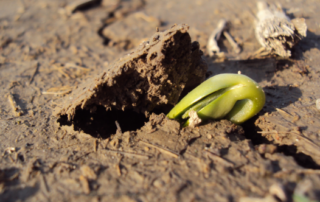
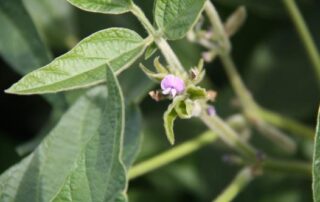
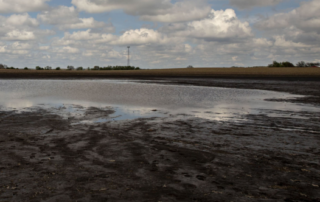
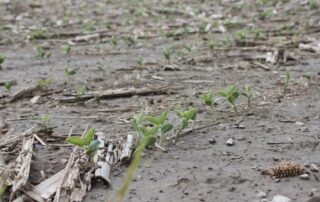
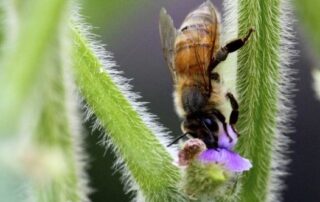
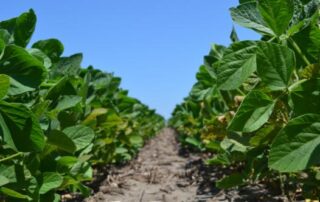

 and then
and then